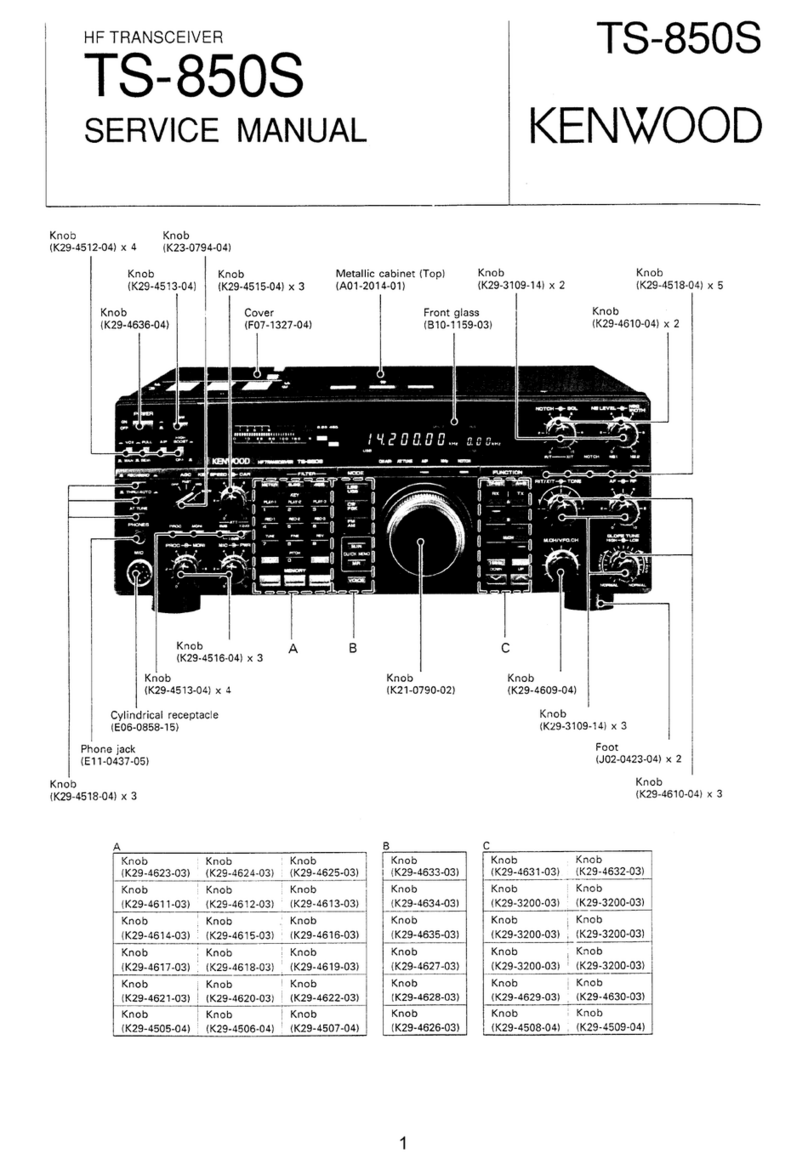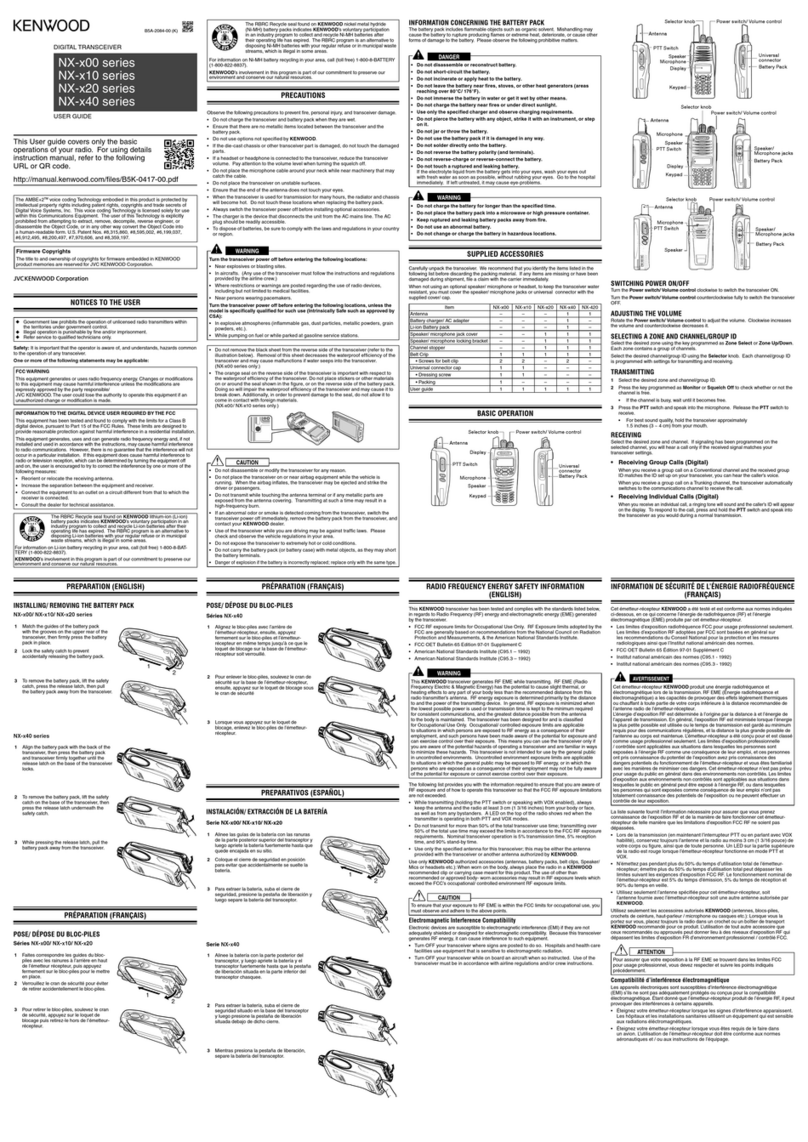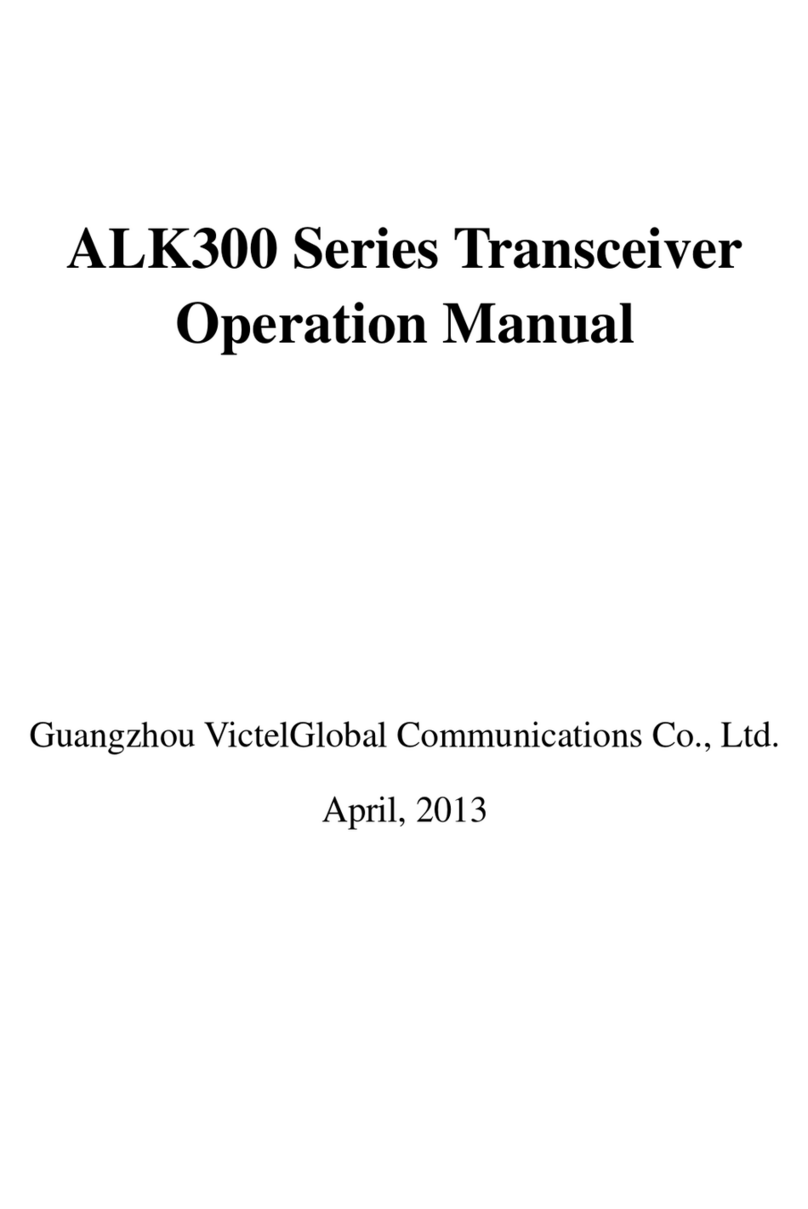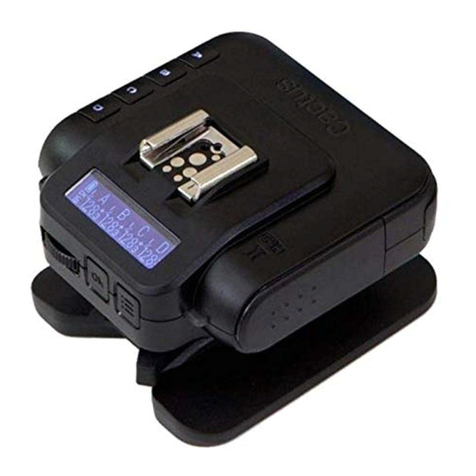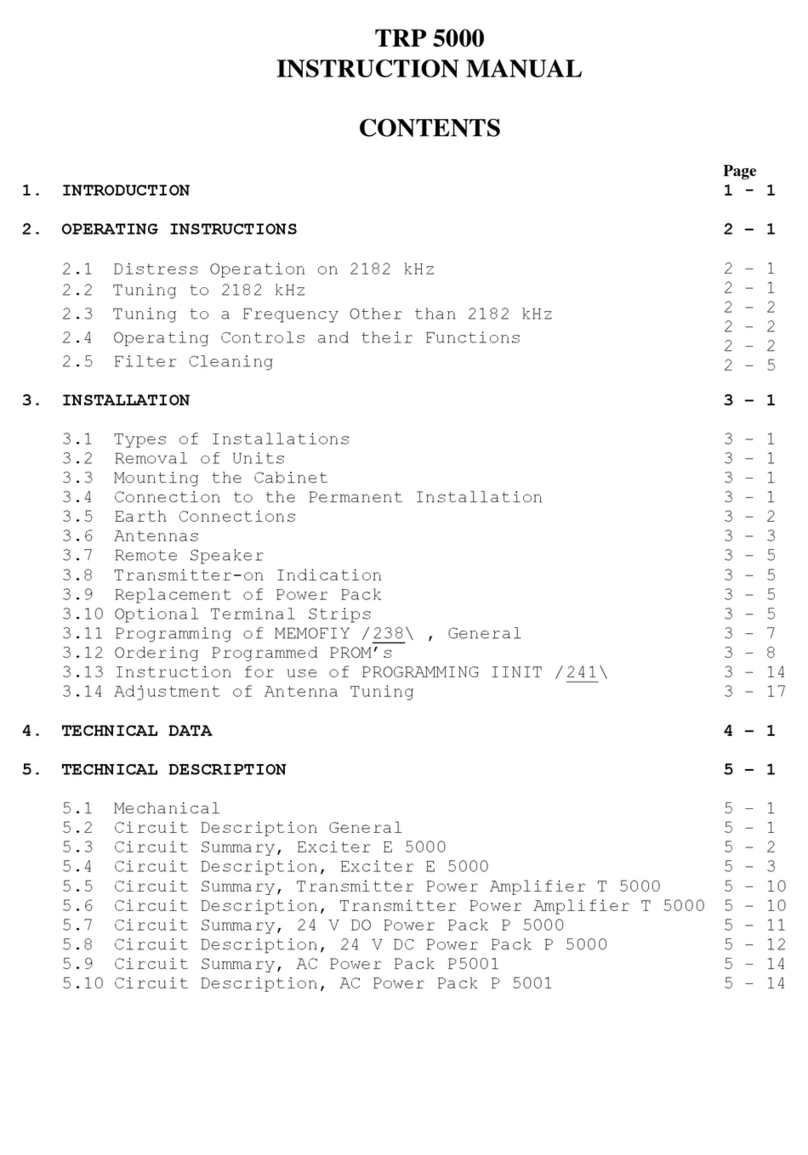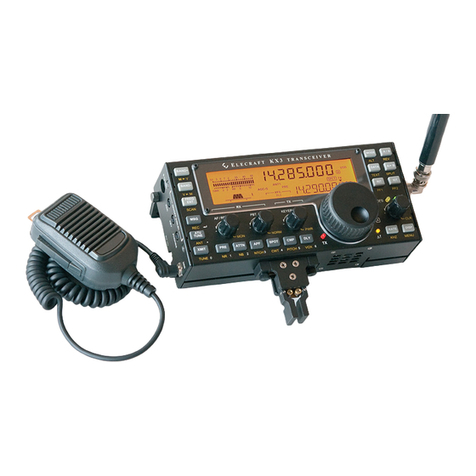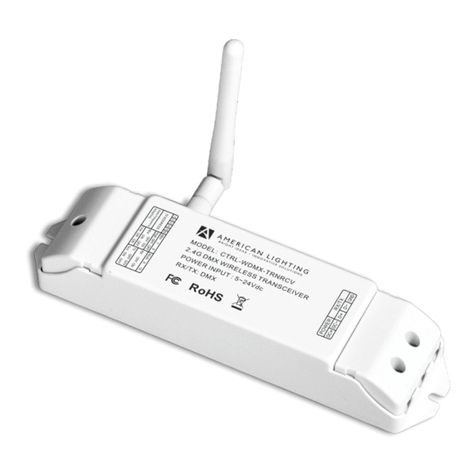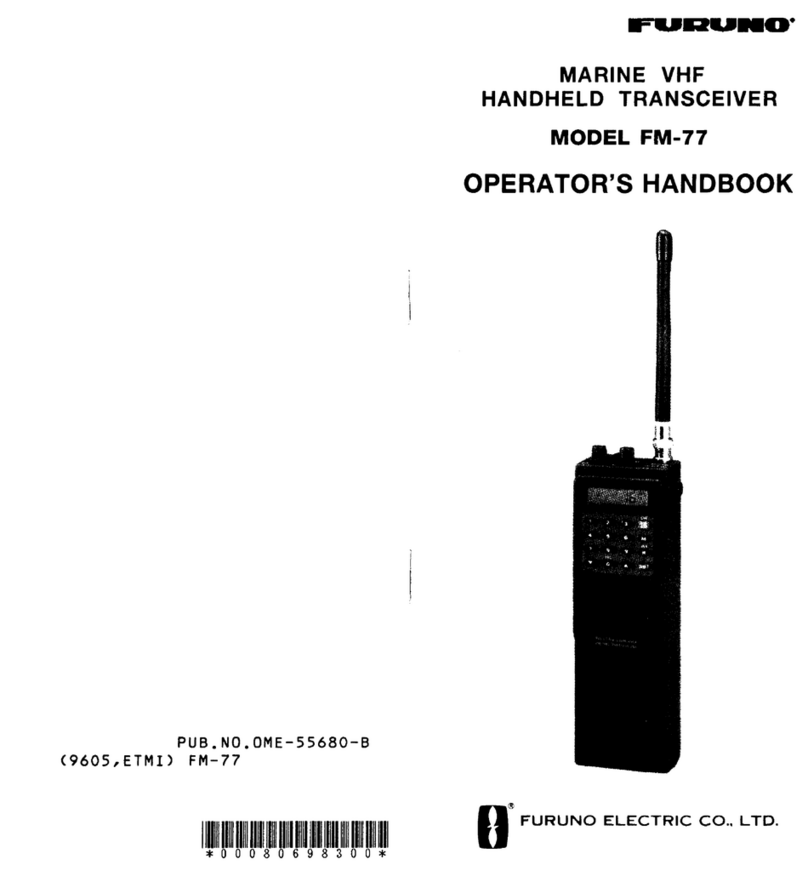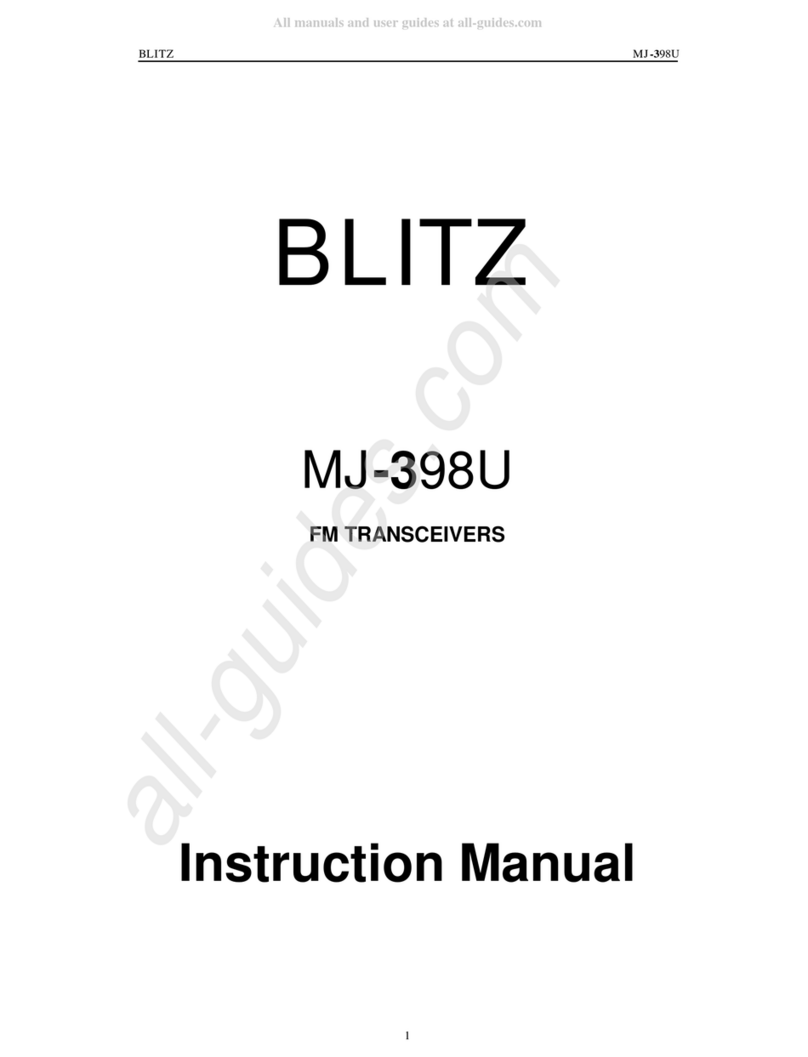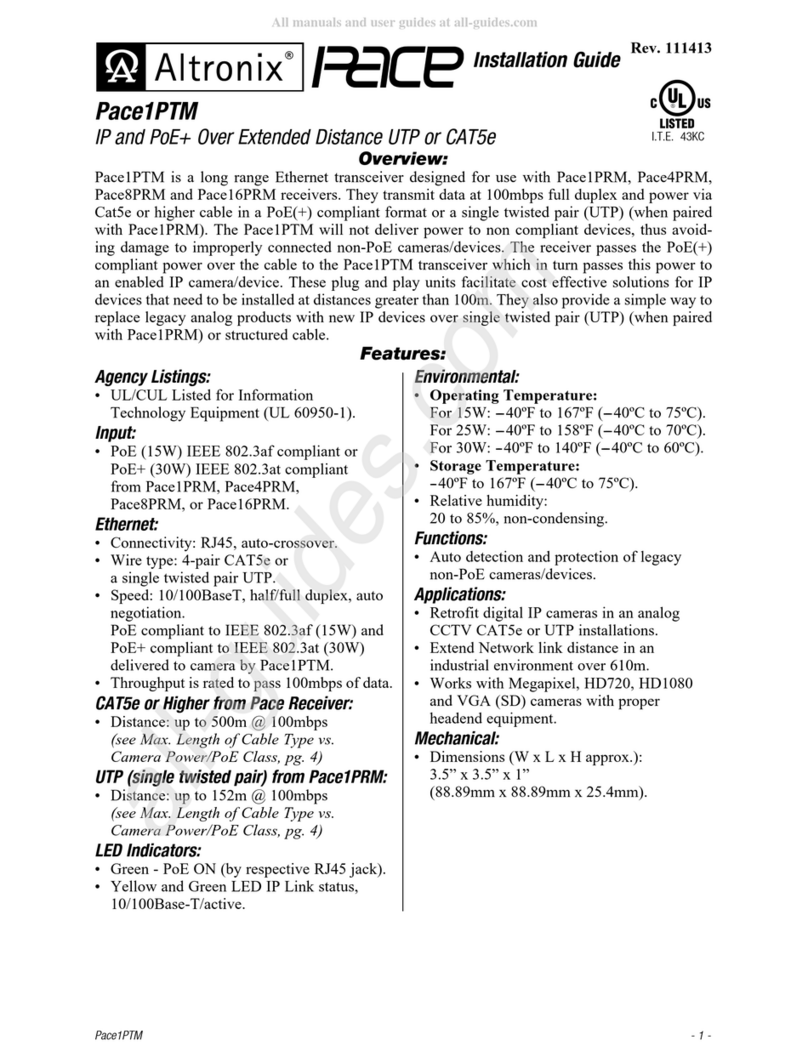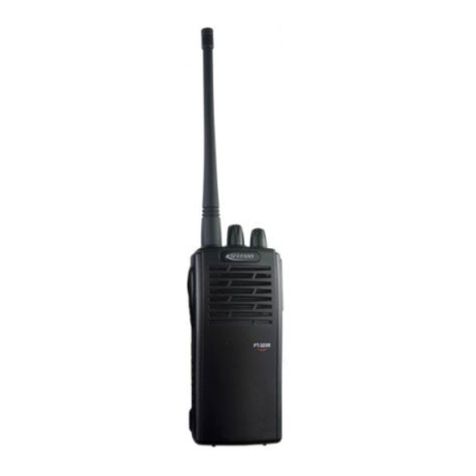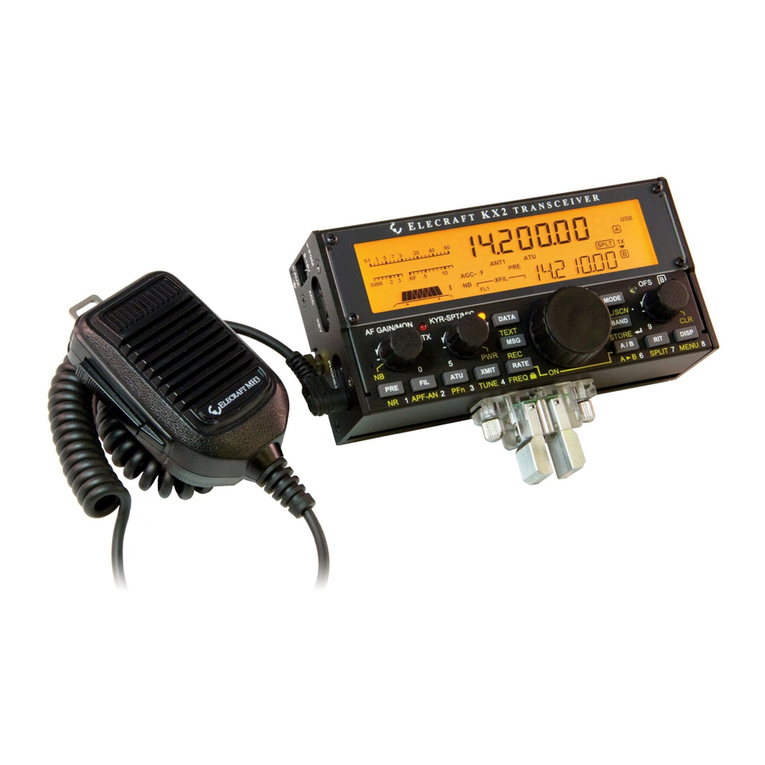Kenwood TR-9000 User manual
Other Kenwood Transceiver manuals
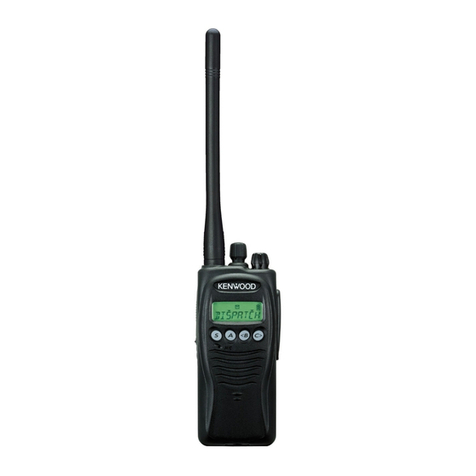
Kenwood
Kenwood TK-2212 User manual
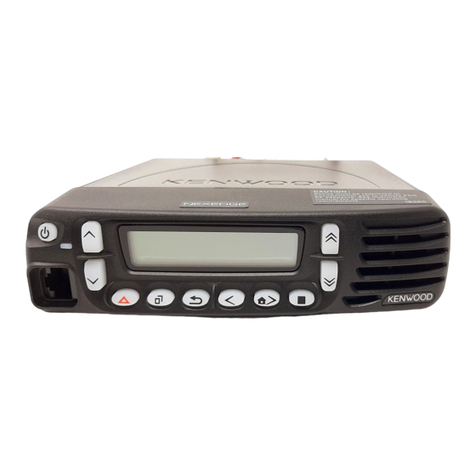
Kenwood
Kenwood NEXEDGE NX-800H User manual

Kenwood
Kenwood TK-5210 User manual
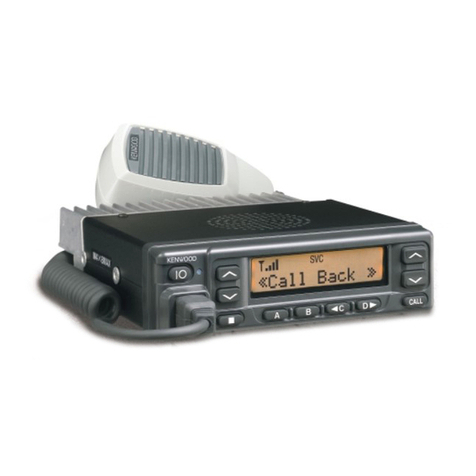
Kenwood
Kenwood TK-885 User manual
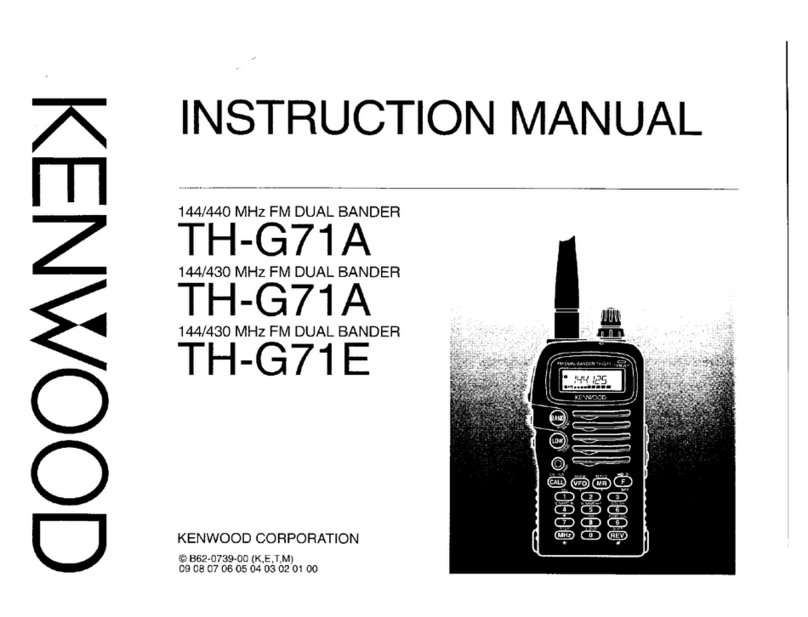
Kenwood
Kenwood TH-G71A User manual

Kenwood
Kenwood TS-820 User manual
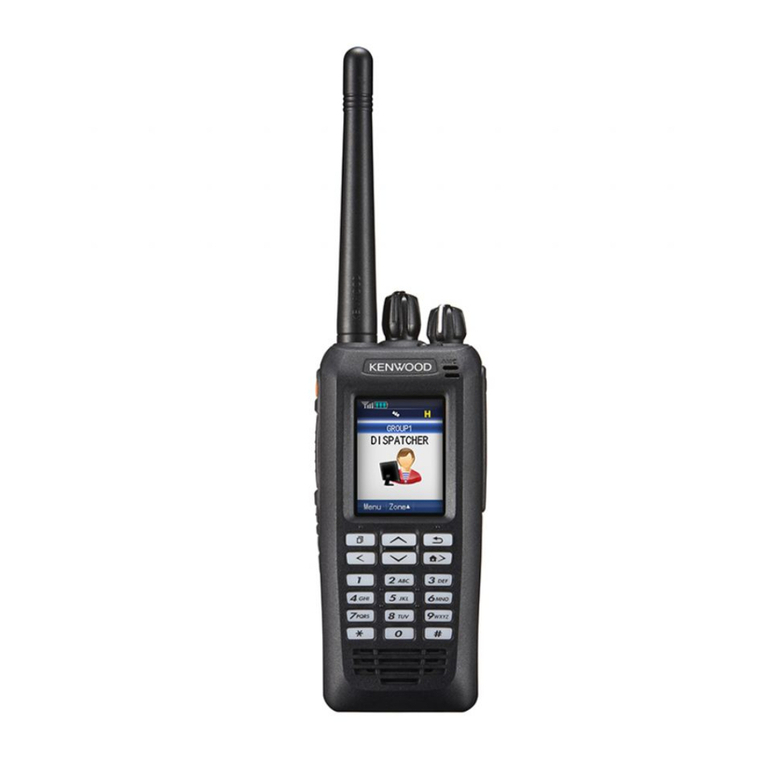
Kenwood
Kenwood TK-D200G User manual

Kenwood
Kenwood TS-830S User manual

Kenwood
Kenwood NX-740H User manual
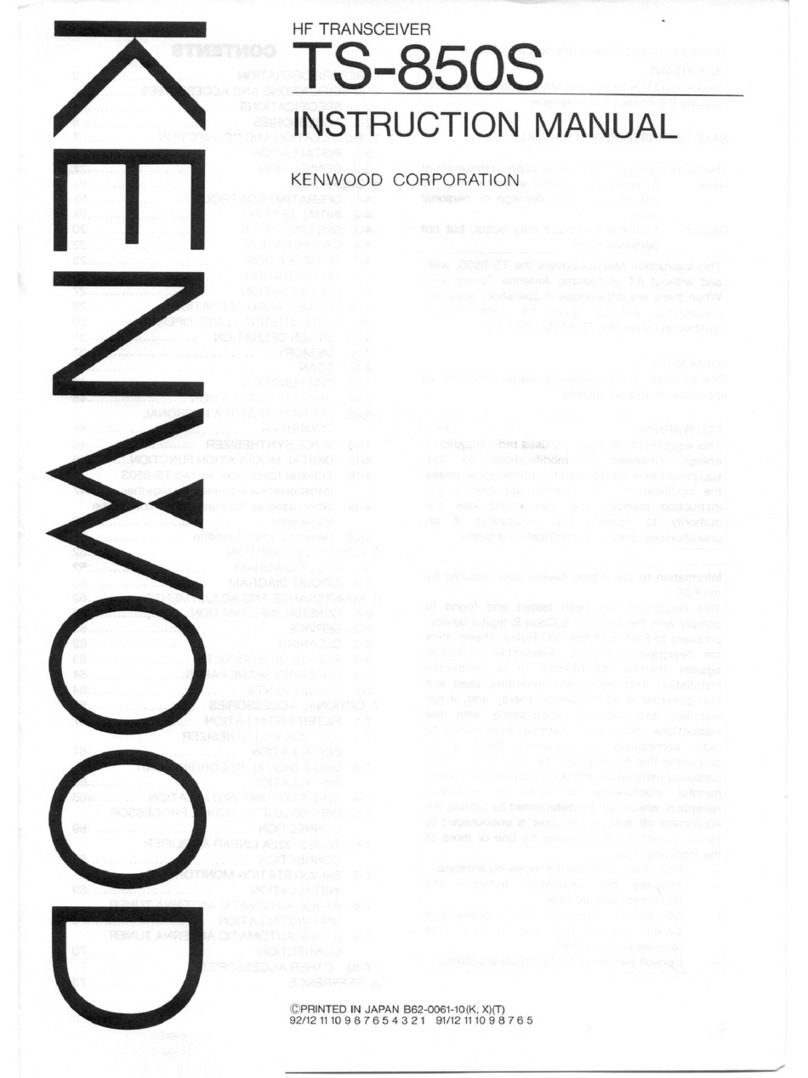
Kenwood
Kenwood TS-850S User manual

Kenwood
Kenwood TK-7302H User manual
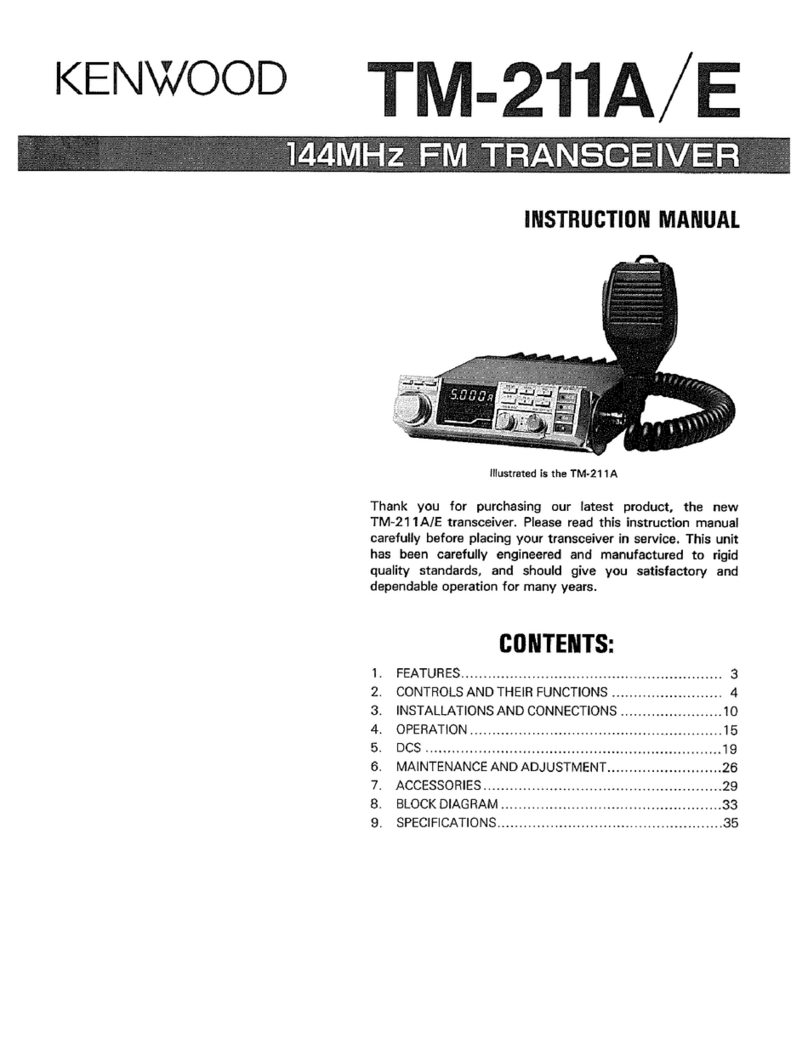
Kenwood
Kenwood TM-211A/E User manual

Kenwood
Kenwood TK-6110 User manual

Kenwood
Kenwood TK-8360 User manual

Kenwood
Kenwood TS-670 User manual

Kenwood
Kenwood TS-530S User manual

Kenwood
Kenwood TH-41A User manual

Kenwood
Kenwood TK-3400 User manual

Kenwood
Kenwood TS-440S User manual

Kenwood
Kenwood TR-7625 User manual

